Hybrid v Utility Iron v Long Iron: Which Should You Carry?
Lots of options at the top of the bag, we dissect what you should carry.


Lots of options at the top of the bag, we dissect what you should carry.
Hybrid v Utility Iron v Long Iron: Which Should You Carry?
Golfers now have three distinct options at the top end of the bag: hybrids, long irons or utility clubs. Of course, you can mix and match but it is worth taking the time to ask yourself - Hybrid v Utility Iron v Long Iron: Which should you carry?
The answer lies in two key factors: your swing speed and your launch angle. To help highlight how it works, we have conducted a test. I hit all three clubs at my normal clubhead speed and gathered the data. Then I hit all three at half speed (a speed that is much more applicable to the average golfer) to compare how the data changed. The results tell an interesting and important story.
When you should switch from irons into hybrids?
Hybrid
I was using a PING G400 3-hybrid with a stock stiff shaft in it. At full speed (97mph clubhead speed), I was able to carry the ball 202 yards from a launch angle of 16˚. Perhaps more importantly, the decent angle was great – 44˚ gives fantastic control.
Subscribe to the Golf Monthly newsletter to stay up to date with all the latest tour news, equipment news, reviews, head-to-heads and buyer’s guides from our team of experienced experts.
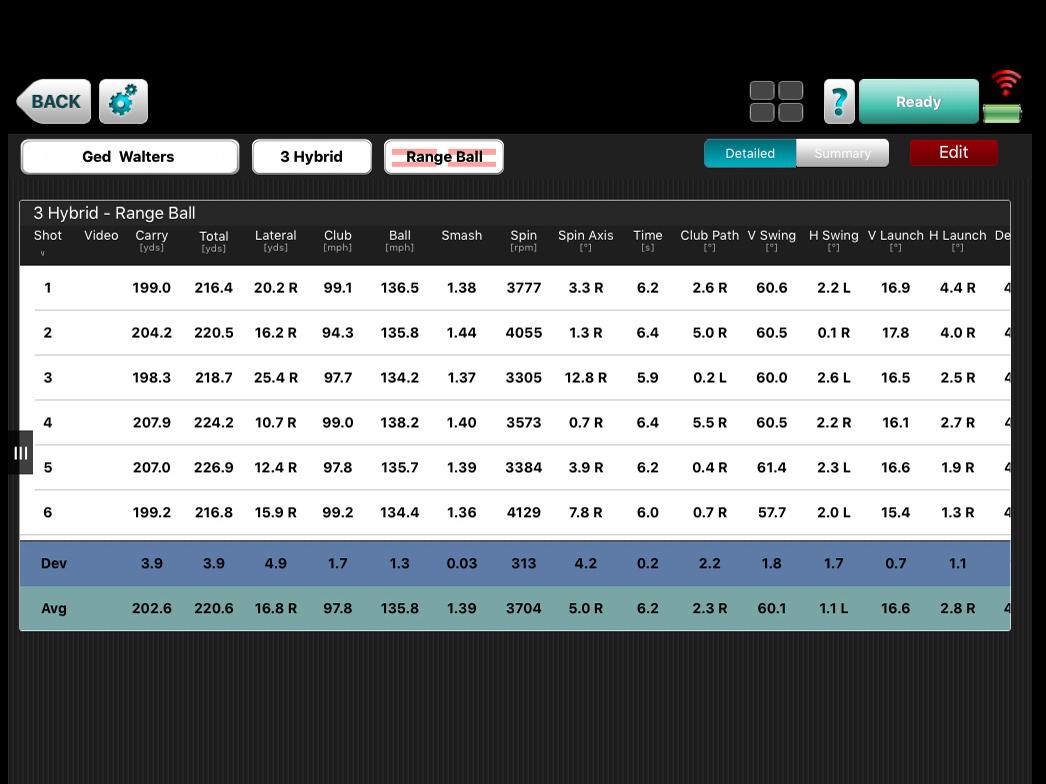
With a 77mph clubhead speed the distance drops to 140 yards carry and the decent angle is 33˚. Whilst there is a drop off in each of the key numbers, the performance (flight and carry) remains pretty good.

Long Iron
Using my set 3-iron (a TaylorMade Psi), my full speed numbers are very playable. From 94mph of clubhead speed I was getting 196 yards of carry and the decent angle was still quite high at 43˚. This means that at my clubhead speed, the long iron performance stacks up well and is certainly playable.
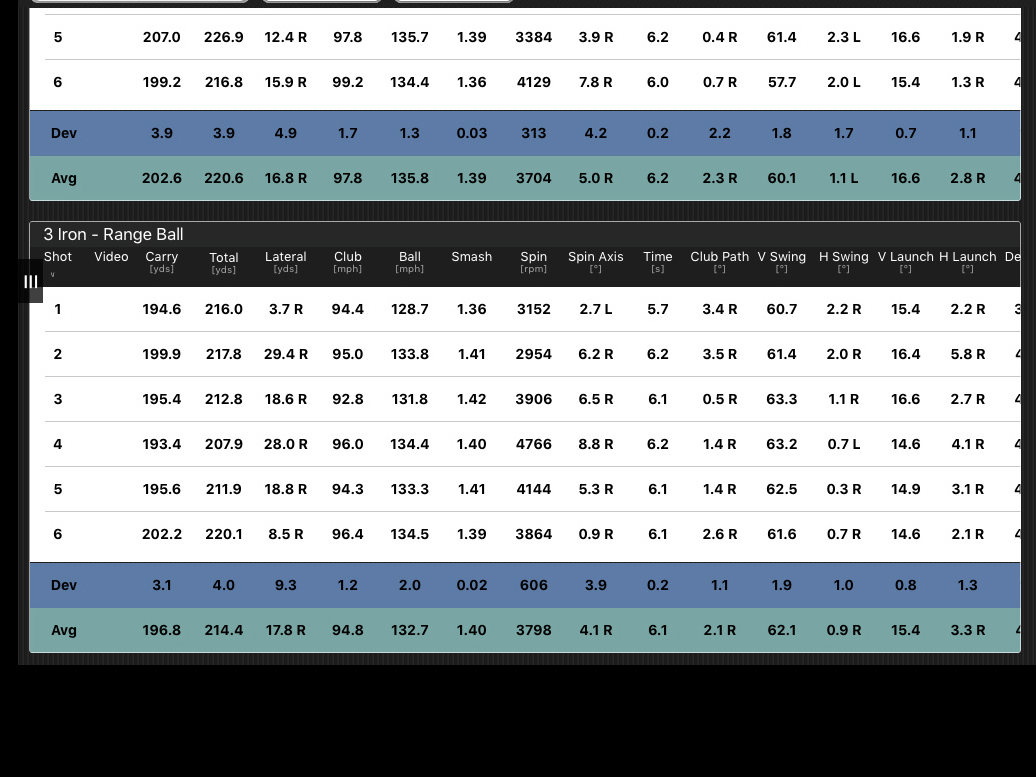
However, as I dropped the clubhead speed down to 75mph, the performance fell away dramatically. Just 112 yards of carry and a decent angle of 25˚ makes the 3-iron completely unplayable at this speed.
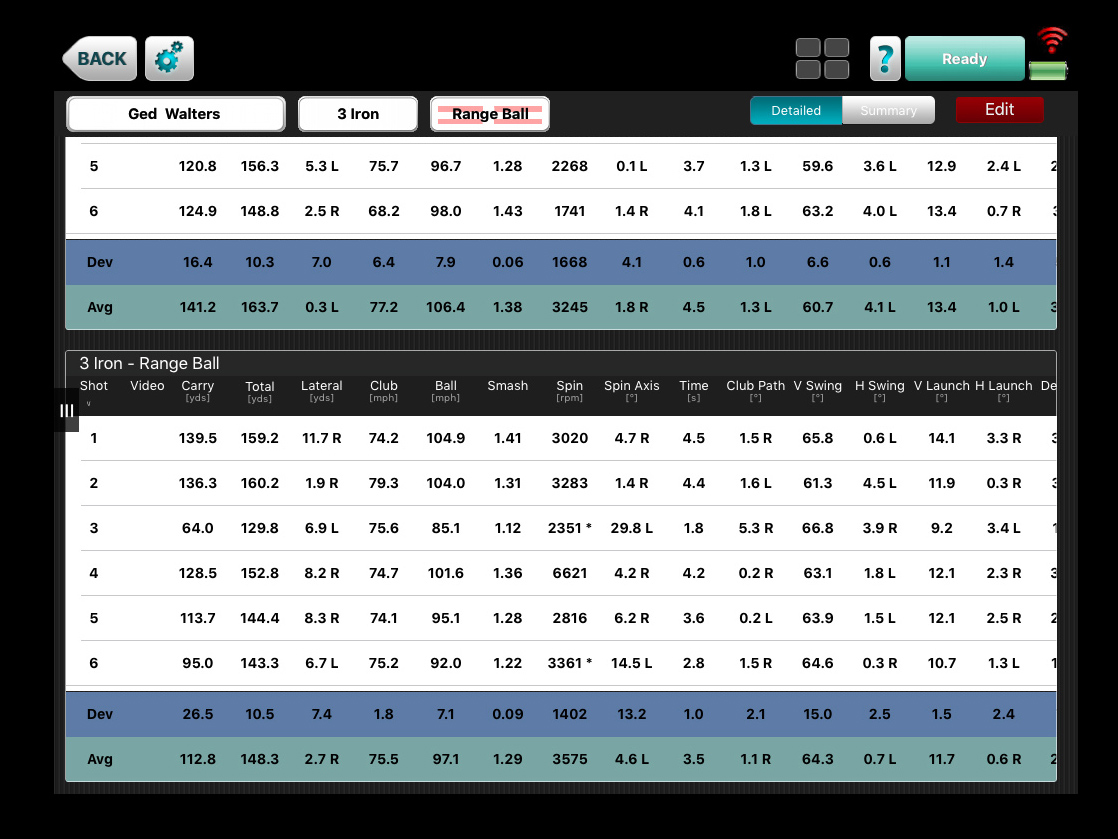
Utility Iron
The utility iron I used was the PING G400 Crossover. As with the hybrid the shaft was the stock stiff version but it is graphite so is lighter than the stiff steel shaft in the long iron. Interestingly the carry distance was the same as the hybrid and the descent angle was even better at 45˚. I was actually surprised by how easy the Crossover was to hit and as the numbers show, the performance was excellent.
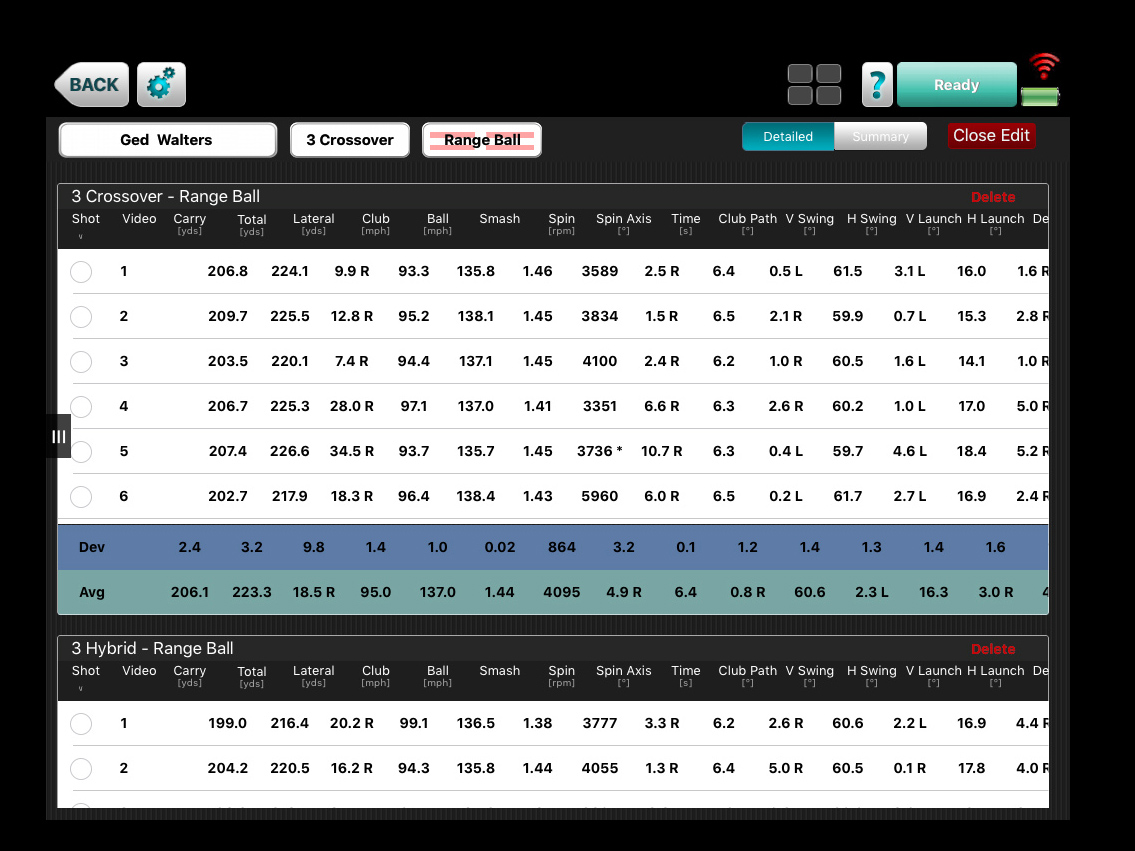
At the lower speed (74 mph) the carry was 18 yards longer than the long iron but significantly shorter than the hybrid. This is down to the wider sole and the lighter graphite shaft. Again, the descent angle is good at 31˚.
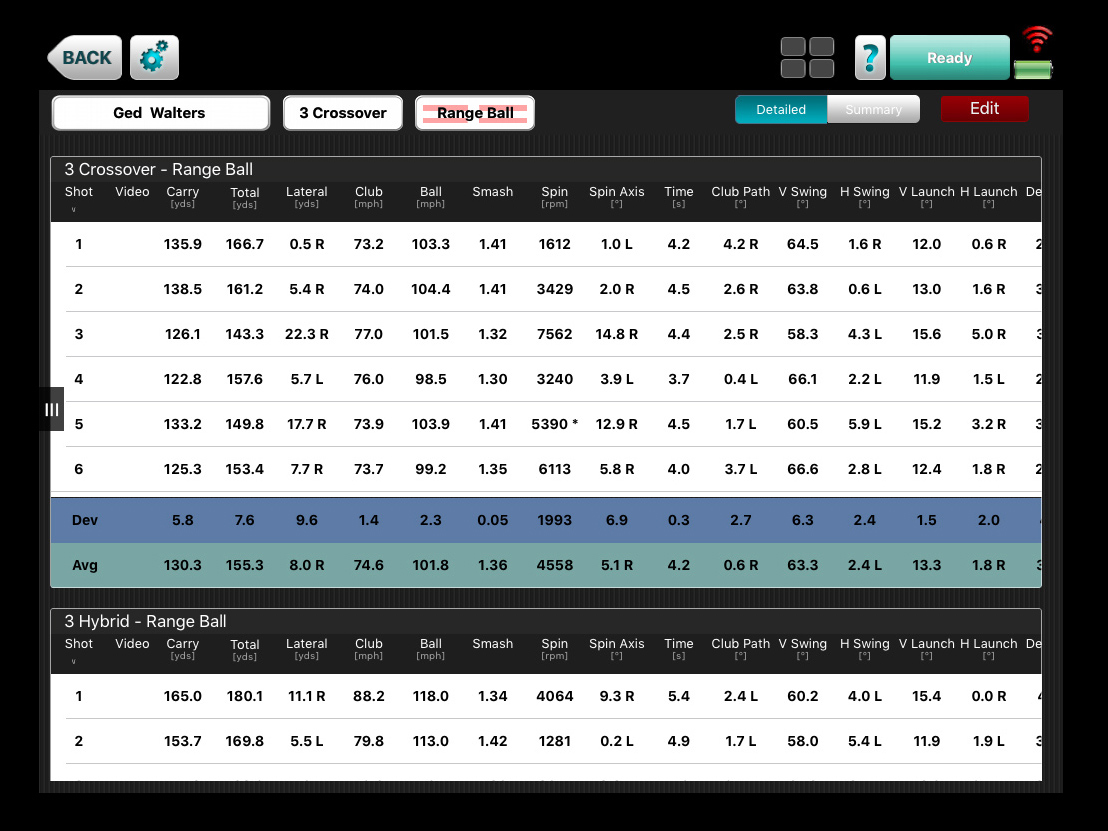
Hybrid v Utility Iron v Long Iron: Which should you carry?
This test was designed to act purely as an illustration. There is no doubt I would have been able to gain more performance from all three clubs at the slower speed with the perfect shaft. However, the point remains valid. To hit the smaller headed long iron, you need to generate a certain amount of clubhead speed. If you can’t do that, you really shouldn’t bother carrying one. Long iron aside, your choice is simple. In my opinion, the hybrid is a little more versatile as you can use it well from light rough and around the greens. However, there are plenty of golfers out there who prefer an iron-like profile. In which case, the utility iron is a great option.
Don't forget to follow Golf Monthly on Facebook, Twitter and Instagram.

In July 2023, Neil became just the 9th editor in Golf Monthly's 112-year history. Originally working with the best coaches in the UK to produce instruction content, he has also presented many Golf Monthly videos looking at all areas of the game from Tour player interviews to the rules of golf.
Throughout his time with the brand he has also covered equipment launches that date back well over a decade. He clearly remembers the launch of the Callaway and Nike square drivers as well as the white TaylorMade driver families, such as the RocketBallz! If you take a look at the Golf Monthly YouTube channel, you'll see his equipment videos dating back over a decade! He has also conducted 'What's In The Bag' interviews with many of the game's best players like Rory McIlroy, Dustin Johnson and Jon Rahm. Over the years, Neil has tested a vast array of products in each category and at drastically different price-points.
Neil is currently playing: Driver: TaylorMade Stealth Plus Fairway Wood: Titleist TSR2 Hybrid: Titleist TS3 Irons: PING Blueprint S (4&5), PING Blueprint T (6-PW) Wedges: Titleist Vokey SM7 50˚, 54˚, 60˚ Putter: Odyssey Triple Track Ten Ball: Titleist Pro V1X